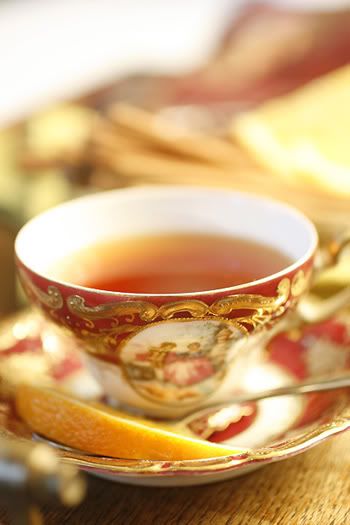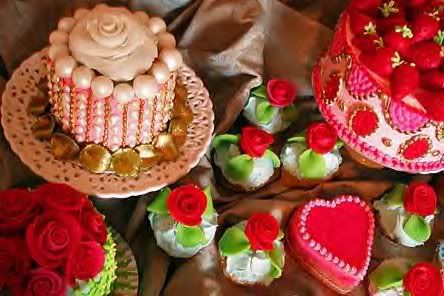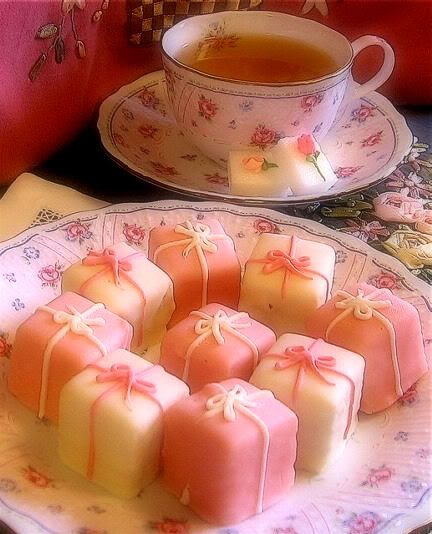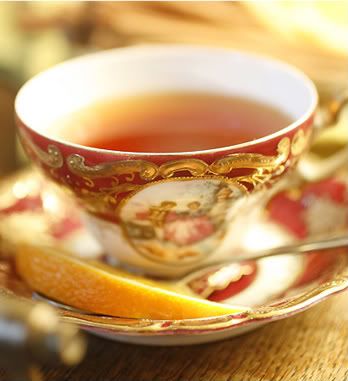
Geisha (芸者?), Geiko (芸子?) or Geigi (芸妓?) are traditional, female Japanese entertainers whose skills include performing various Japanese arts such as classical music and dance.
Geisha (pronounced /ˈɡeɪʃә/), like all Japanese nouns, has no distinct singular or plural variants. The word consists of two kanji, 芸 (gei) meaning "art" and 者 (sha) meaning "person" or "doer". The most literal translation of geisha into English would be "artist" or "performing artist". Another name for geisha used in Japan is geiko, which is usually used to refer to geisha from Kyoto.
Apprentice geisha are called maiko(舞子, lit. "dance child"). Maiko's white make-up and elaborate kimono and hairstyle is the popular image held of geisha. A woman entering the geisha community does not have to start out as a maiko, having the opportunity to begin her career as a full geisha. A woman above 21 is considered too old to be a maiko and becomes a full geisha upon her initiation into the geisha community. However, those who do go through the maiko stage can enjoy more prestige later in their professional lives.
Tokyo geisha generally do not follow the ritualized Kyoto maiko apprentice process. The training period can be six months to a year—notably shorter than a Kyoto maiko—before she debuts as a full geisha. The trainee is referred to as a han'gyoku (半玉), or "half-jewel" (meaning that they are paid half the wage as opposed to a full geisha), or by the more generic term o-shaku (御酌), literally "one who pours (alcohol)". On average, Tokyo geisha tend to be older than their Kyoto counterparts, many holding formal degrees from university.

A maiko will start her formal training on the job as a minarai. Before she can do this she must find an onee-san ("older sister": an older geisha acting as her mentor). It is the onee-san's responsibility to bring her to the ozashiki, to sit and observe as the onee-san is at work. This is a way in which she will gain insights of the job, and seek out potential clients.
After a short period of time the final of training begins, and the students are called maiko. Maiko (literally "dance girl") are apprentice geisha, and this stage can last for years.

Maiko learns from their senior geisha mentor and follows them around to all their engagements. The onee-san and imouto-san (senior/junior, literally "older sister/younger sister") relationship is important. Since the onee-san teaches her maiko everything about working in the hanamachi, her teaching is vital. There are 5 different hairstyles that the maiko wear, that mark the different stages of her apprenticeship. She will teach her proper ways of serving tea, playing shamisen, dancing, casual conversation and more. The onee-san will even help pick the maiko's new professional name with kanji or symbols related to her name.
After a period as short as six months (in Tokyo) or as long as five years (in Kyoto), the maiko is promoted to a full-fledged geisha in a ceremony called erikae (turning of the collar).

There remains some confusion, even within Japan, about the nature of the geisha profession. Geisha are regarded as prostitutes by many Westerners. However, legitimate geisha do not engage in paid sex with clients. Their purpose is to entertain their customer, be it by dancing, reciting verse, playing musical instruments, or engaging in light conversation. Geisha engagements may include flirting with men and playful innuendos; however, clients know that nothing more can be expected. In a social style that is common in Japan, men are amused by the illusion of that which is never to be.

During the Edo period, prostitution was legal. Prostitutes such as the oiran worked within walled-in districts licensed by the government. In the seventeenth century, the oiran sometimes employed men called "geisha" to perform at their parties. Therefore, the first geisha were men. In the late eighteenth century, dancing women called "odoriko" and newly popular female geisha began entertaining men at banquets in unlicensed districts. Some were apprehended for illegal prostitution and sent to the licensed quarters, where there was a strict distinction between geisha and prostitutes, and the former were forbidden to sell sex. In contrast, "machi geisha", who worked outside the licensed districts, often engaged in illegal prostitution. While it is true that a geisha is free to pursue personal relationships with men she meets through her work, such relationships are carefully chosen and unlikely to be casual. A hanamachi tends to be a very tight-knit community and a geisha's good reputation is not taken lightly.
















